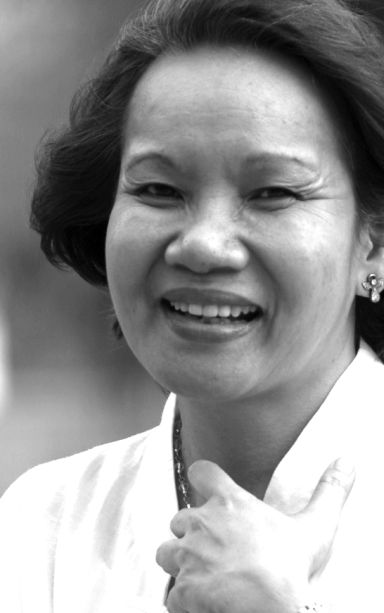
LOGARTA
There’s a story behind my love for fruits and my acceptance of vegetables as part of my diet.
My families lived in Villa Aurora in Mabolo for more than 20 years.
In my parents’ house, there were at least two varieties of guava — Chinese and Indian.
A unique tambis tree stood by the fence; one part had red fruits and the other green fruits.
We enjoyed not only eating the fruits but also climbing these trees.
These trees were very fruitful, allowing us to share its fruits with relatives and friends.
In my grandmother’s house, various varieties of guava, star apple, jackfruit, tambis and balimbing (star fruit) flourished, which are very tempting for climbing and enjoying fruits while up on the tree.
On a regular basis, Insi Nitay and Lola Menang would visit from Catmon and Bogo with santol, nangka, lomboy, mangoes and others.
My maternal grandmother’s failing eyesight made her and my aunts believe that this was caused by vitamin deficiency, so they were always pushing vegetables thought to contain vitamins and minerals: squash, carrots, malunggay and ampalaya. The determination of aunts succeeded in making me like vegetables even if in the beginning I ate them with tears.
“The Bible’s Seven Secrets to Healthy Eating” by Joyce Rogers declares what many of us know: “Fruits and vegetables are rich in: vitamins that help regulate metabolism; minerals that are important in maintaining physiological processes {like preserving the vigor of the heart); fiber that is important for keeping the body cleansed and free from the problem of constipation; and enzymes—the active materials in the digestive juices that cause the chemical breakdown of food for assimilation.”
This writer reminds us of how Daniel requested for a diet of vegetables and water and refused the diet of his captors.
He and his friends emerged “healthier looking than those who ate the king’s delicacies.”
She then makes us ask ourselves: “Am I the master of my appetite—making hard decisions every day to make sure my body gets what it needs—not necessarily what it wants? … When was the last time I purposed in my heart to obey God in the area of eating?”
I will definitely share this with my economics students!
So what about my love for leche flan? Maybe this has something to do with my godmother.
She had always been in charge of decorating the carrosa (carriages for the statues for the saints) during fiestas.
Maybe she wanted to train me for this task, so she asked me to be around every time the flower arrangements needed to be done.
The entire experience actually made me down to earth — because I was interacting with simple town folk who were very accepting of me. And we had leche flan at the end of lunch.
A special relationship grew between our family and Tiago and his family, who provided us with native organically produced eggs every week.
We have always believed in the therapeutic value of eggs, especially soft-boiled eggs. I think Auntie Enriquieta and Tiya Sayong, who prepared uniquely delicious leche flan, always wanted to use the yolk of native eggs.
I was not surprised when I read “Immortal Wife” about an American president’s wife treating children who had diarrhea with custard which is practically the same as leche flan.
Fortunately, there was always leche flan in the coop when I was studying in Diliman.
When Barbs Fortunato invited me to Rasa Singapura, I responded that I don’t usually eat in a restaurant that does not serve leche flan.
But I went anyway. It is always good to be open for happy surprises.
Barbs brought me leche flan.
Disclaimer: The comments uploaded on this site do not necessarily represent or reflect the views of management and owner of Cebudailynews. We reserve the right to exclude comments that we deem to be inconsistent with our editorial standards.
